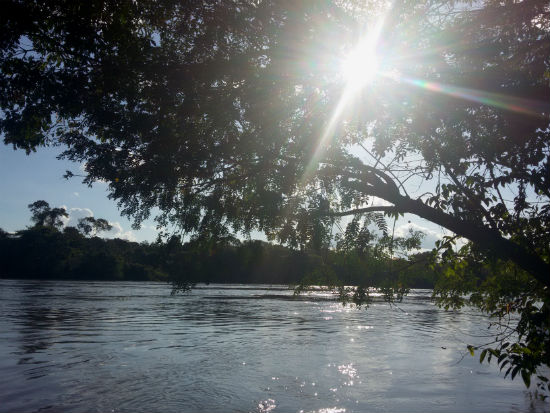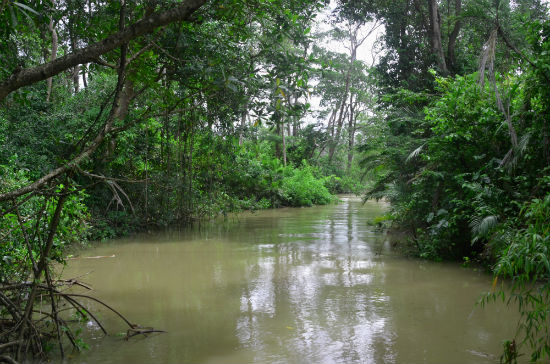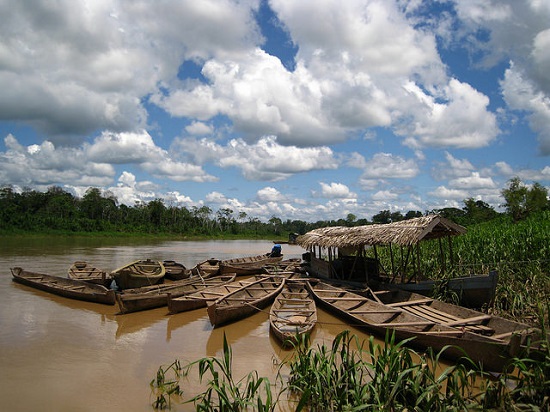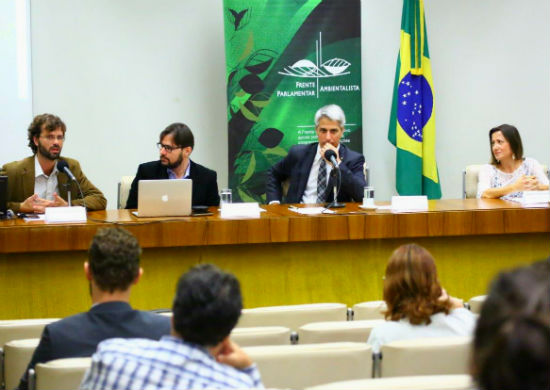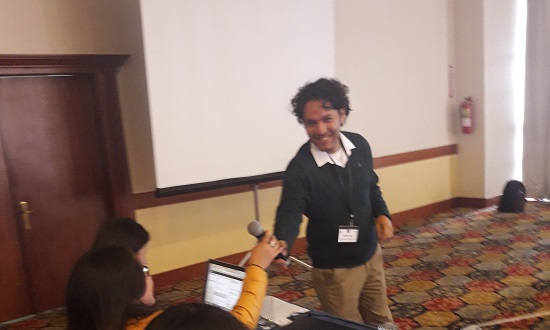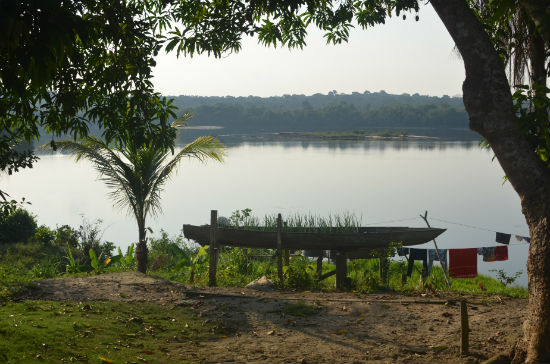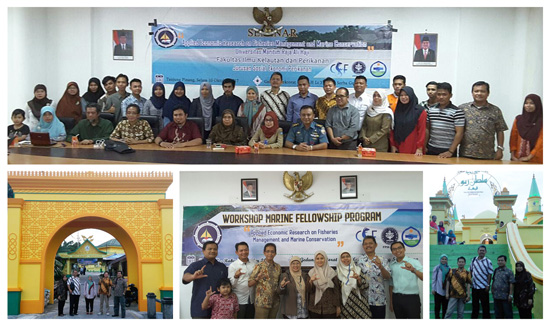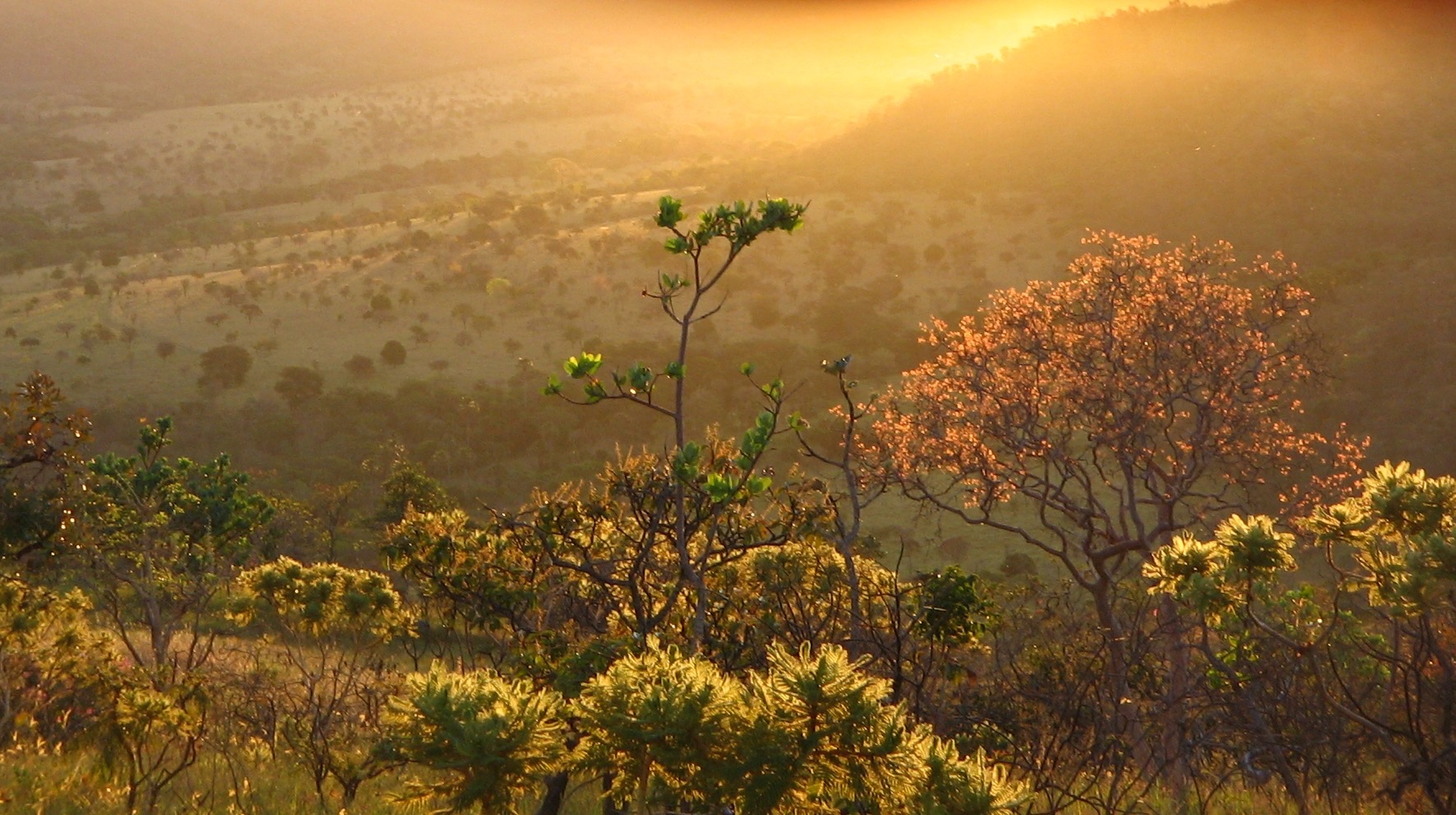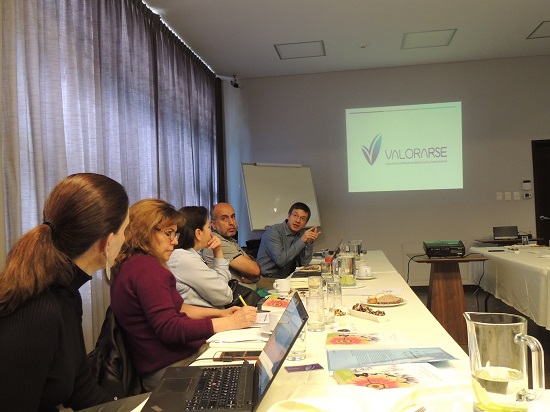News
CSF-Brazil is pleased to announce the launch of a new publication: "Cost Benefit Analysis of the Construction of the Castanheira Dam" (in Portuguese).
The Arinos River, located in the Juruena sub-basin – an important tributary of the Tapajós River – in the Brazilian state of Mato Grosso, is known for its aquatic biodiversity. Currently, however, there are more than 100 dams proposed in this sub-basin, which may threaten the biodiversity and local community’s way of life. One of these is the Castanheira Dam.
CSF-Brazil is pleased to announce the launch of a new publication (in Portuguese): "The values of ecosystem services of the Brazilian mangroves, economic instruments for its conservation and the Salgado Paraense case study".
Roughly 90% of mangroves in Brazil are located in protected areas (PA). However, there are important deficiencies in financial sustainability and resource management that affect natural capital stocks, biodiversity and thus, local communities.
Yaguas National Park, Peru. Photo credit: Frank S. Cardoza
CSF-Brazil recently hosted the seminar "Implementation of Environmental Reserve Quotas (CRA) in Brazilian states" to help promote more economically efficient and environmentally sound forest conservation, in partnership with the Federal University of Minas Gerais state (UFMG), the Forest Code Observatory (OCF) and the Environmentalist Parliamentary Front, on December 7th at the House of Representatives in Brasília, Brazil.
More than forty people attended the event, representing the Ministry of the Environment, the Environment Secretariats of thirteen states, non-governmental organizations, research institutions, national and international universities, as well as the organizing institutions.
José Carlos Rubio Ayllón (CSF) presenting the HydroCalculator.
CSF staff conducted a field visit to villages of the Munduruku people in the Brazilian Amazon. These communities have been adversely affected for several years by the construction of the Teles Pires and São Manoel hydropower plants.
Scenic beauty of the Teles Pires river.
Photo credits: UMRAHIn early 2017, six researchers were awarded a grant as part of CSF’s Indonesia Marine Fellows Program (MFP). The six fellows were selected based on their research topics, which seek to answer pertinent questions about fisheries management challenges in Indonesia. The fellows were also paired with mentors who are experts in their respective fields.
Tropical savannah (Cerrado) area in Brazil. Photo credit: Pedro Gasparinetti.
CSF Director Técnico de Latinoamérica, Alfonso Malky, presentando en el evento
Foto: Ana Gabriela Gómez Arancibia,Mesa de trabajo en el curso Incentivos Económicos para la Conservación de la Naturaleza. Santa Cruz de la Sierra - Bolivia.

